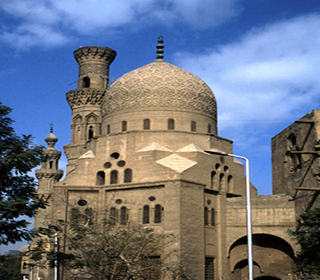Course Description
Cairo is the quintessential Islamic city. Founded in 634 at the strategic head of the Nile Delta, the city evolved from an Islamic military outpost to the seat of the ambitious Fatimid caliphate which flourished between the 10th and 12th century. Its most spectacular age, however, was the Mamluk period (1250-1517), …
Cairo is the quintessential Islamic city. Founded in 634 at the strategic head of the Nile Delta, the city evolved from an Islamic military outpost to the seat of the ambitious Fatimid caliphate which flourished between the 10th and 12th century. Its most spectacular age, however, was the Mamluk period (1250-1517), when it became the uncontested center of a resurgent Islam and acquired an architectural character that symbolized the image of the Islamic city for centuries to come.
Cairo today still shines as a cultural and political center in its three spheres of influence: the Arab world, Africa, and the Islamic world. Moreover, many of its monuments (456 registered by the 1951 Survey of the Islamic Monuments of Cairo) still stand, although they remain largely unknown to the world’s architectural community and their numbers are dwindling at an exceedingly alarming pace.
Course Info
Instructor
Departments
Learning Resource Types









